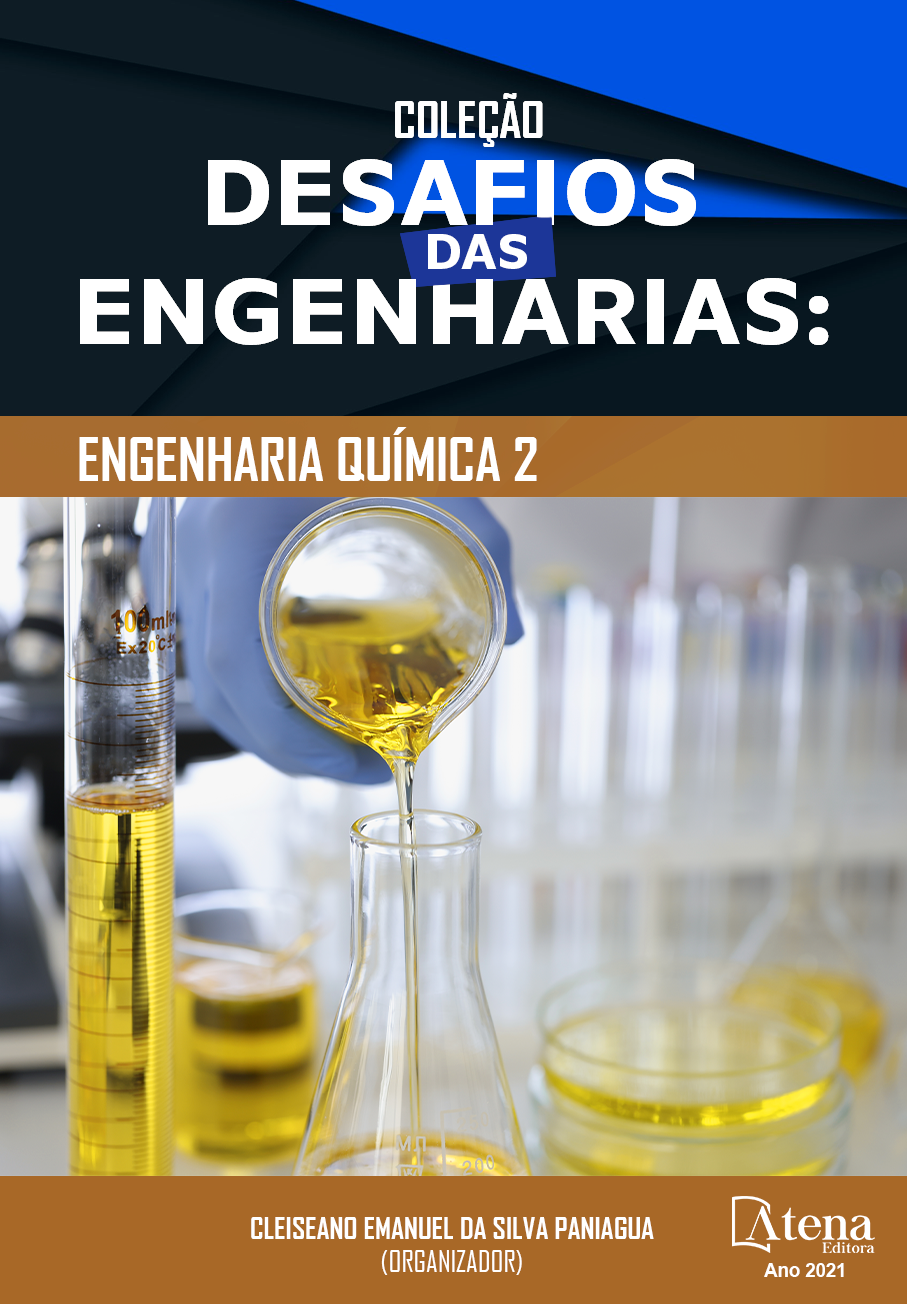
AMMONIA NITROGEN REMOVAL FROM FISH PROCESSING WASTEWATER BY ADSORPTION USING ACTIVATED CARBON
The objective of this work was to evaluate the ammonia nitrogen removal from fish processing wastewater using bovine bone-activated carbon as an adsorbent. The wastewater used in this study was collected at the wastewater treatment plant outlet and contained biochemical oxygen demand (BOQ) equal to 310 mg O/L, chemical oxygen demand (COD) equal to 589 mg O/L, pH of 6.54, and ammoniacal nitrogen of 71.34 mg N/L, this last parameter being well above the value allowed by the legislation. The influence of contact time and the amount of activated carbon in solution were evaluated in batch tests. The activated carbon mass ratio was defined as 4.0 g/L and the optimal contact time was 180 minutes. The pseudo-first-order model presented better adjustments to the experimental data obtained in the kinetic assays. Although ammonia nitrogen removal was unsatisfactory (only 18 %), there was a significant reduction in the amount of organic matter, with the removal of COD and BOD over 90 %, which may indicate competition between organic and nitrogen compounds for binding sites.
AMMONIA NITROGEN REMOVAL FROM FISH PROCESSING WASTEWATER BY ADSORPTION USING ACTIVATED CARBON
-
DOI: https://doi.org/10.22533/at.ed.3622126102
-
Palavras-chave: Adsorption; Fish processing wastewater; Ammonia nitrogen; Activated Carbon.
-
Keywords: Adsorption; Fish processing wastewater; Ammonia nitrogen; Activated Carbon.
-
Abstract:
The objective of this work was to evaluate the ammonia nitrogen removal from fish processing wastewater using bovine bone-activated carbon as an adsorbent. The wastewater used in this study was collected at the wastewater treatment plant outlet and contained biochemical oxygen demand (BOQ) equal to 310 mg O/L, chemical oxygen demand (COD) equal to 589 mg O/L, pH of 6.54, and ammoniacal nitrogen of 71.34 mg N/L, this last parameter being well above the value allowed by the legislation. The influence of contact time and the amount of activated carbon in solution were evaluated in batch tests. The activated carbon mass ratio was defined as 4.0 g/L and the optimal contact time was 180 minutes. The pseudo-first-order model presented better adjustments to the experimental data obtained in the kinetic assays. Although ammonia nitrogen removal was unsatisfactory (only 18 %), there was a significant reduction in the amount of organic matter, with the removal of COD and BOD over 90 %, which may indicate competition between organic and nitrogen compounds for binding sites.
-
Número de páginas: 11
- Davi Vieira Gomes
- Maria Alice Prado Cechinel


